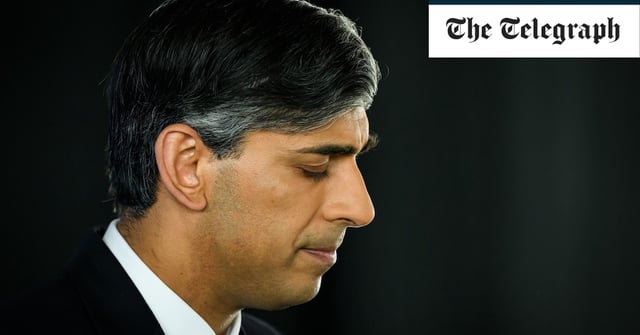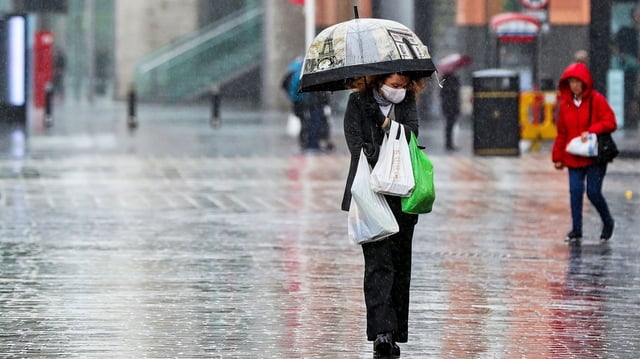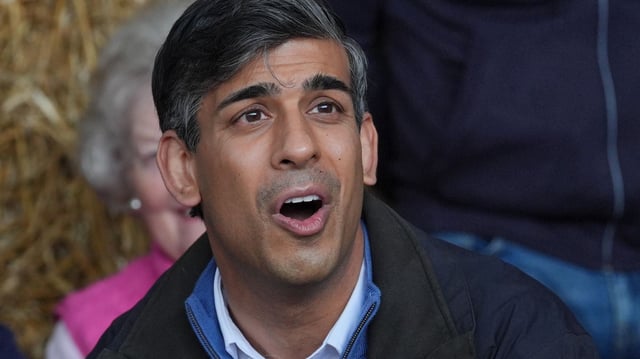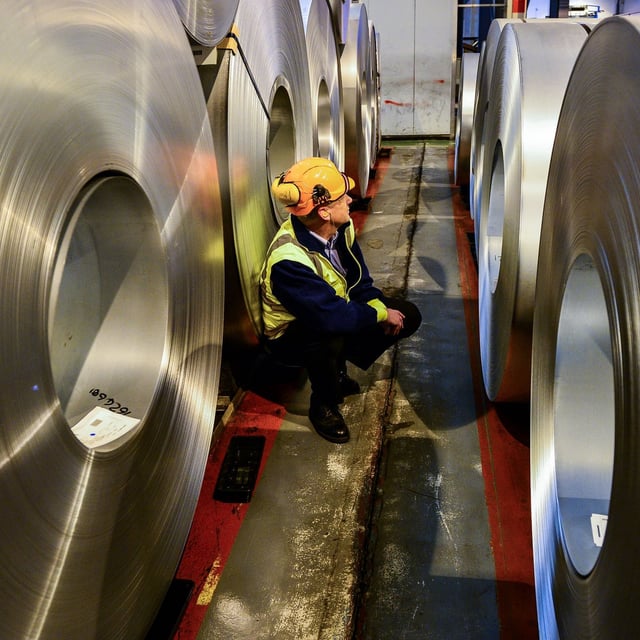Overview
- April's GDP remained unchanged, following a 0.4% growth in March.
- Heavy rainfall led to significant drops in retail and construction activities.
- The services sector showed resilience, growing for the fourth consecutive month.
- Economists predict a temporary slowdown, with potential recovery in the coming months.
- Upcoming economic data will be crucial for voter sentiment ahead of the general election.



